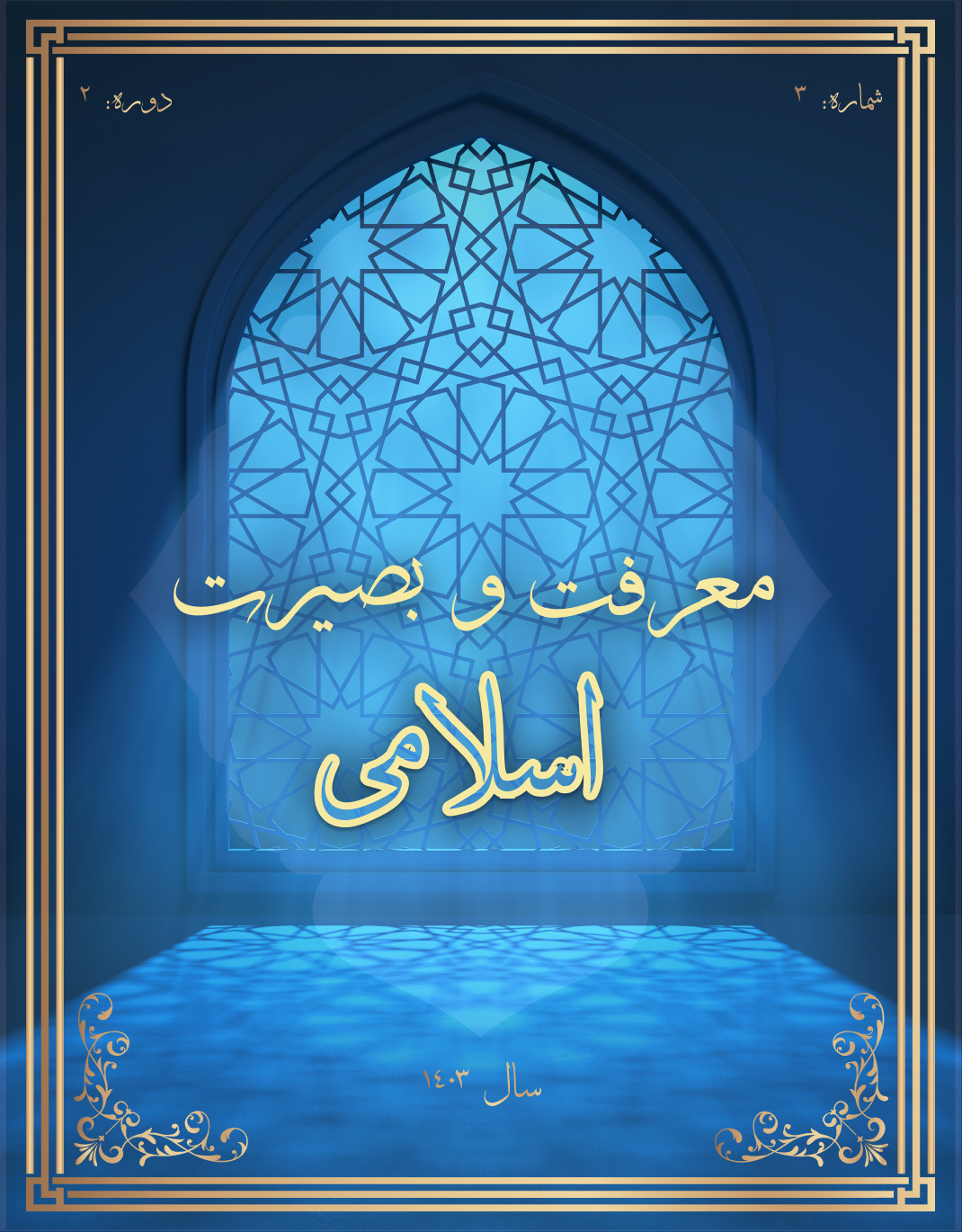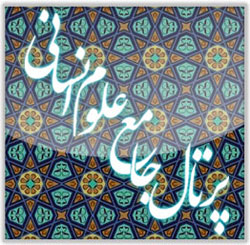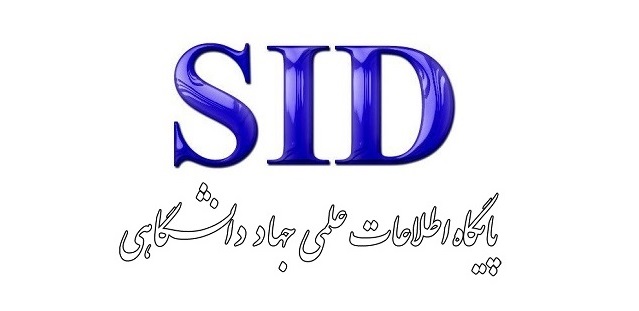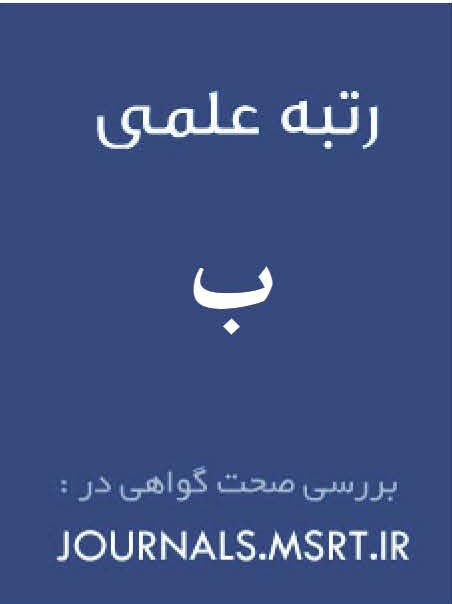Uniform or Different Translations of Similar Quranic Verses and Their Role in the Evolution of Persian Translations
Keywords:
Similar verses, history of translation, ancient and contemporary, Abul-Futuh Razi, Meybodi and NasafiAbstract
Since the Holy Quran holds a special place for Muslims, related sciences such as translation gain particular importance. The translation of verses has undergone its own evolutionary course, and certainly, with the advancement of translation techniques, better translations of the Quran will be facilitated. The Quran consists of completely similar or repetitive verses, and the uniformity of their translation plays a role in providing a translation with the highest similarity to the original text. The question at hand is how the translation of similar verses should be and how their translation affects the evolution of translations. To what extent have ancient and contemporary translations paid attention to their translation? In this study, using a descriptive-analytical method, the translation of similar verses in three ancient and three contemporary translations was compared. In the three ancient translations, their translations are not uniform, and there is no specific basis for translating similar verses. In the three contemporary translations, the Basmala and the disjointed letters are identical, but the similar verses in one or more surahs, despite the translators' basis for uniformity, are sometimes uniform and in most cases non-uniform. This comparison clearly shows that the uniformity of translating similar verses has a greater impact on the evolution of the translation of the Divine Word, as it conveys the reliability of the original text and the emphases, nuances, and inherent beauties embedded in the verses to the audience.








